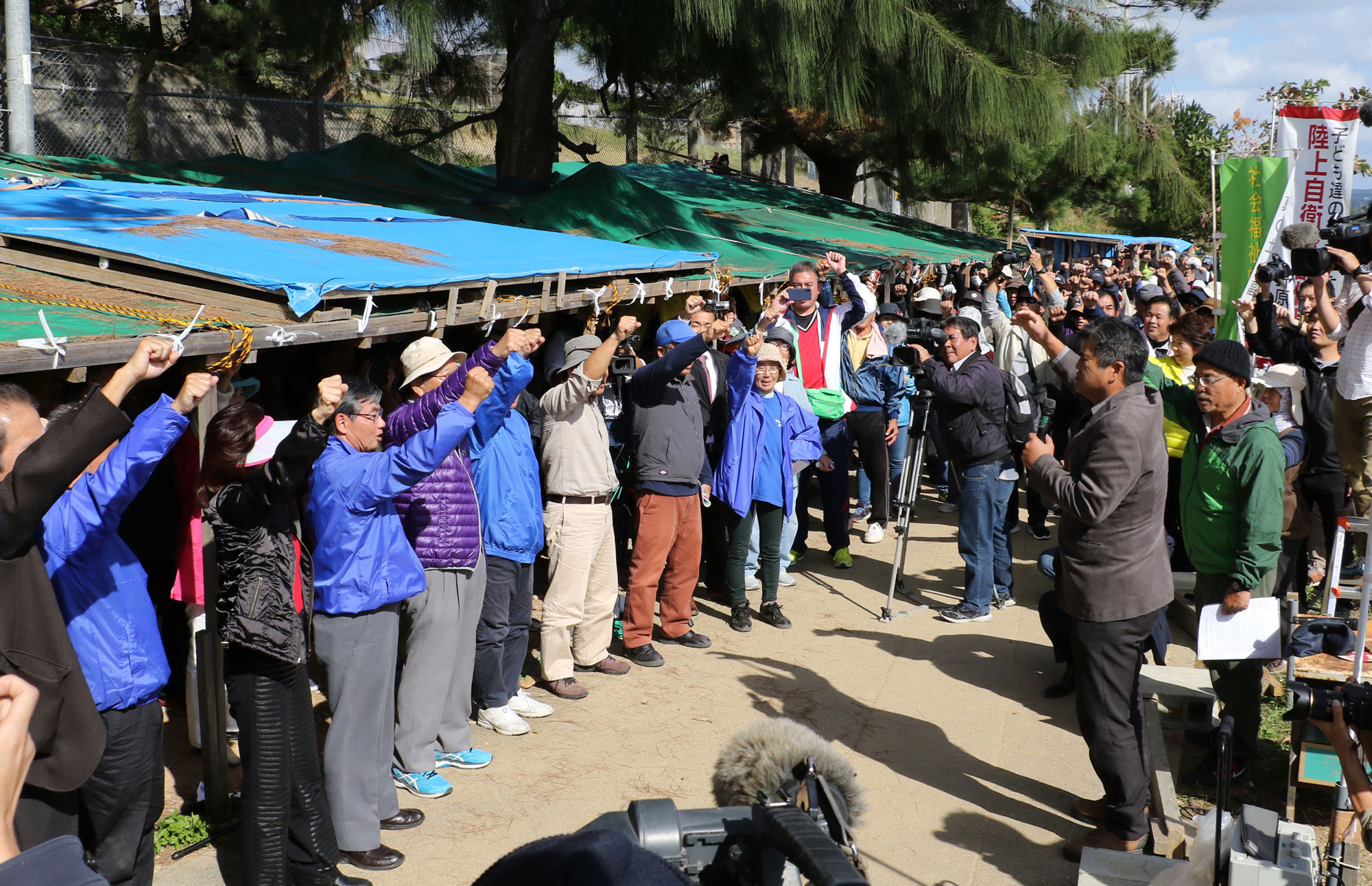Fifty years ago this week in February 1968, ten U.S. B-52 bombers arrived at Kadena Air Base to launch direct bombing operations from Okinawa over Indochina as a way to bring pressure on North Vietnam to come to the peace table. Their numbers grew to an average of 18 over the coming weeks and months. In the meantime, U.S. President Lyndon B. Johnson announced in March he would not run for re-election and the Democratic Party hopeful Robert F. Kennedy was assassinated in June. It would be another seven years before the war actually ended.
In November of that first year of the Stratofortresses' deployment to Okinawa, voters went to the polls for the first and only election of the chief executive, a post similar to the present-day governorship. In a fairly close race, influenced by U.S. and Japanese government efforts to see elected a pro-base candidate, popular former educator and pro-reversion candidate of the left's "joint struggle" front Chobyo Yara won against his former student.
A week after the election, one of those B-52s crashed moments after takeoff on Kadena, igniting more than just the plane and immediate ground around it. Some 360 buildings in Yara area of the neighboring town, including a school, were damaged and there were dozens of injuries (fortunately, no one was killed, including among the crewmen).


















With your current subscription plan you can comment on stories. However, before writing your first comment, please create a display name in the Profile section of your subscriber account page.